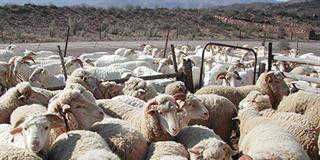The announcement will have a direct impact on imports over the current marketing year.
In previous estimates, total maize production was revised down by 0,2% to 7,05 million tons, according to Agbiz agricultural economist, Wandile Sihlobo.
This was 29% lower than the previous season’s crop, which was already 30% lower than the 2013/2014 production season. Maize imports were expected to be 3,8 million tons.
According to other analysts, crop production could be lower than the current estimate, Sihlobo said. The International Grain Council (IGC) expected that 2015/2016 maize production could reach seven million tons, whereas the US department of Agriculture (USDA) forecasted 6,5 million tons.
“The main reason for differences in the production estimates is mainly the crop estimation methods,” Sihlobo said. “The IGC is situated in London and might be using different satellites from the CEC’s, but could also have some representatives on the ground assessing the crop on their behalf.”
The USDA’s marketing year was not aligned with that of the CEC, and forecasts included non-commercial maize, which is allocated for “own farm use” such as feed, seed or food.
South Africa’s CEC only included commercial maize in its forecasts. Sihlobo said both the IGC and USDA estimates came in well below the CEC’s expectations. “The IGC and USDA are quiet bearish on South Africa’s maize production.”
According to weather forecasts, the southern and north-eastern parts of South Africa could receive rain in the next eight days. Sihlobo said if this materialised, summer crop harvesting delays could occur in Mpumalanga, Gauteng and the Free State.
The Western Cape could remain dry until at least the beginning of June. The South African Weather Services’ seasonal climate watch report showed that the El Niño weather phase was weakening, but the winter season could remain warm and dry, which could have a negative impact on winter crops such as wheat, barley and canola.










